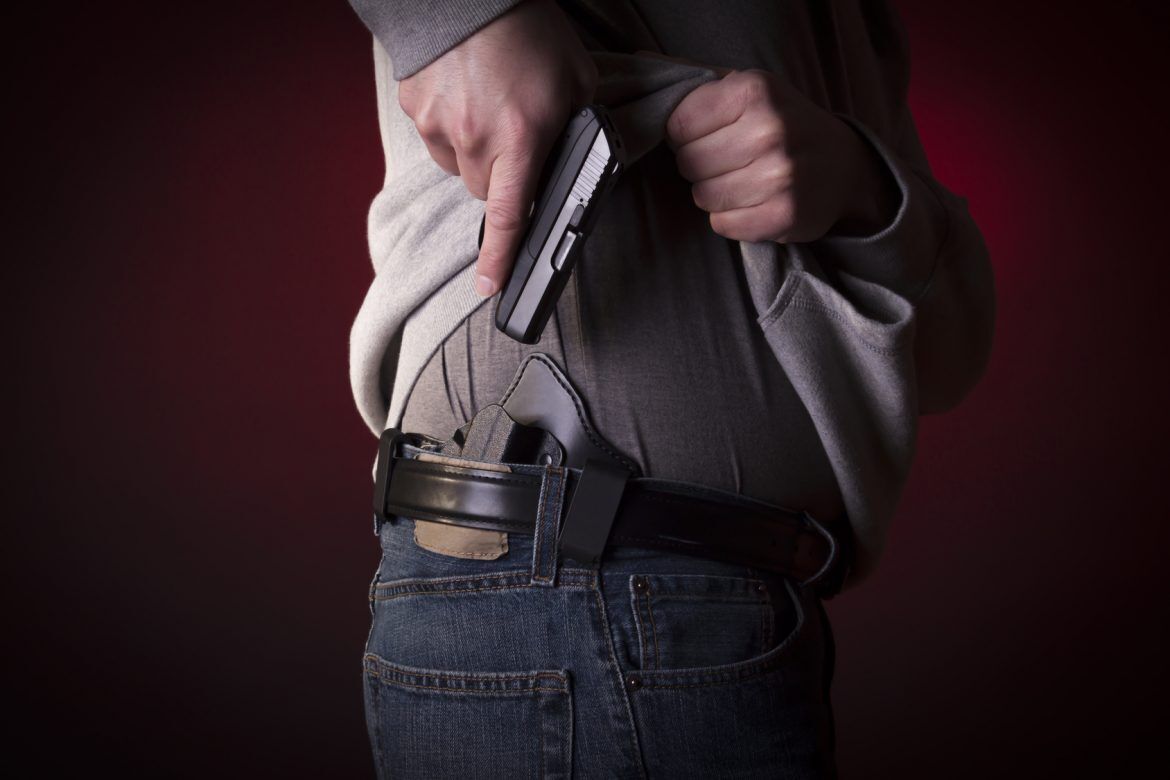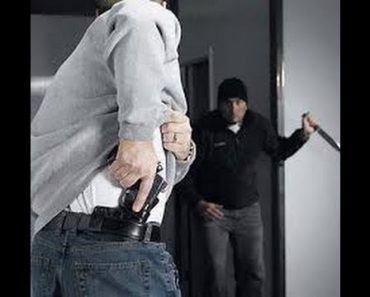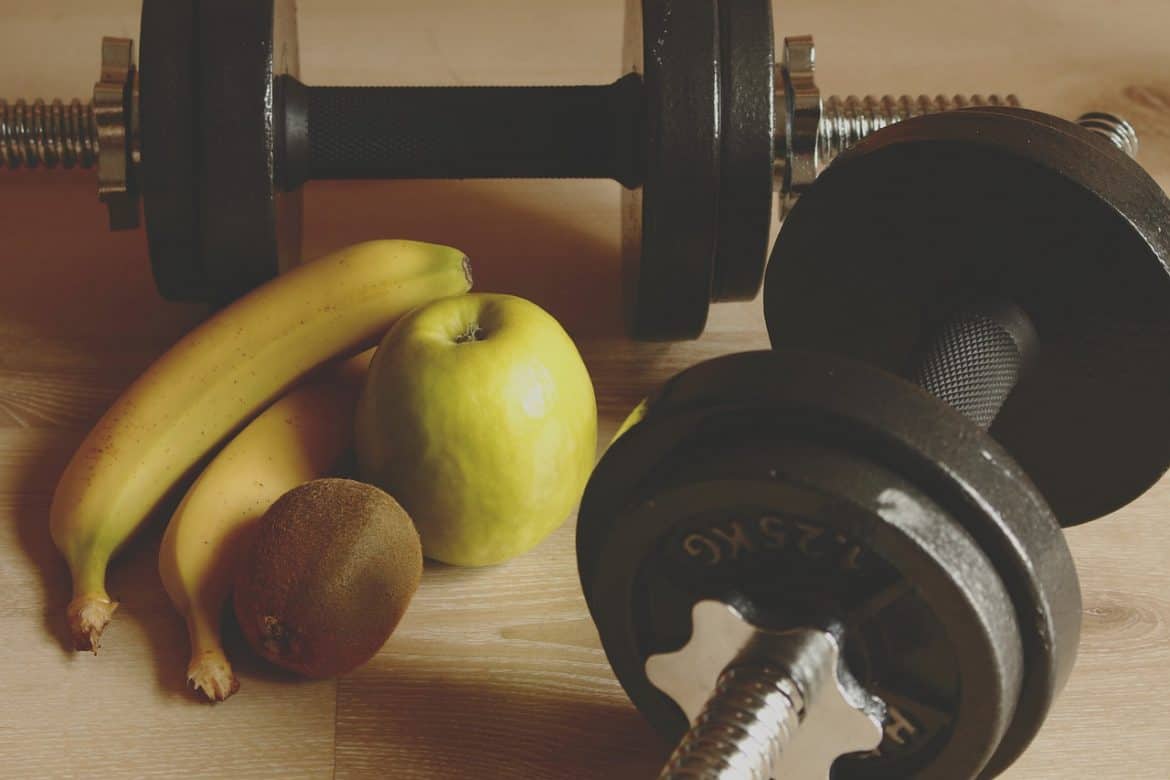The Glock 26 pistol comes with ten round magazines that will expand to as much as 12 rounds with floor plates. If this is the type of weapon you own or have purchased, you’re likely looking for a G26 holster. But what type of G26 holster is right for you? If you want to protect […]
Category: Gun and Other Self Defense Stuff
This section is pretty broad and actually covers more than it says. This is a catch all for prepper related gun and weapon things as well as self defense training. If I don’t have a better place to put it and it is dangerous it will probably be found in this section.
Are Revolvers Good Survival Guns
The old adage that says: the best gun is the one you’ve got, applies to not only everyday carry, but also to survival in general. Of course, it’s always better to have a gun chambered in a readily available caliber, should the S ever HTF. But again, whatever you’ve got and have ammunition for is […]
Should You Shoot to Wound?
Should you shoot to wound? I talk a lot about lethal force, and one concept comes up almost universally. I call this idea the leg shot syndrome. The leg shot syndrome is expressed by the statement “I wouldn’t aim to kill; I would shoot the robber in the leg”. I believe I know where […]
Training Survival: Building Shooting Muscle
Since you carry a gun for self-defense or to save the life of another, then you are concerned with combative firearms skills rather than shooting merely for the experience of shooting. To reach this goal, you engage in training, mostly in the form of practice on a range. How close you get to your goal […]
Tennessee Laws on the Use and Carrying of Batons
I am NOT a lawyer and am not giving legal opinions. The following information is copied directly from the State of Tennessee website and is the code of law for the state. I believe that if you want to carry a baton, you need to be familiar with baton law. Law also changes, so please […]




